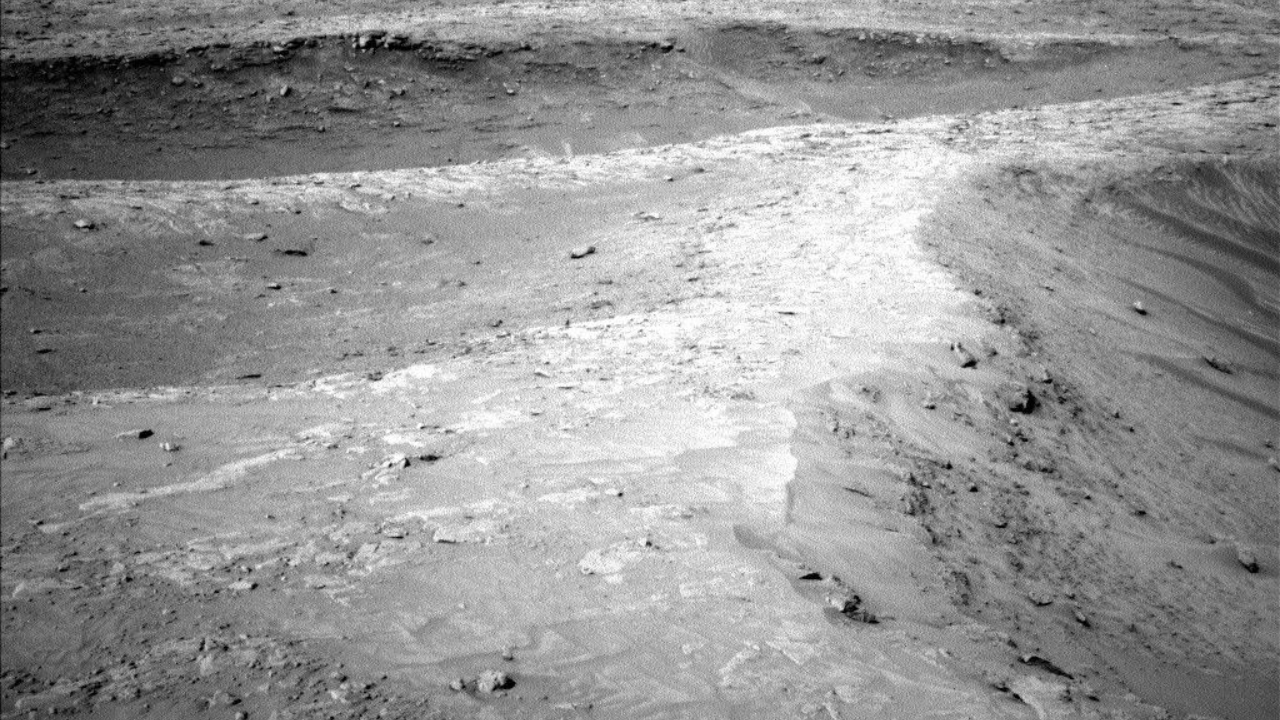Curiosity rover images 3 intersecting Mars ridges | Space photo of the day for Aug. 21, 2025
As part of its exploration of Mars's boxwork landscape, Curiosity found itself in a fork-in-the-road

On August 8, 2025, NASA's Curiosity rover found itself at the intersection of three ridges found on the Martian landscape. This "peace sign" shape, as called by NASA engineers, is part of a larger boxwork pattern on the surface of Mars.
What is it?
Since it landed within Mars's Gale Crater in 2012, Curiosity has been exploring the planet's reddish terrain. Central to its mission is studying Mount Sharp, a 3.4-mile (5 km) tall mountain within Gale Crater, whose sediments preserve a record of the planet's environmental history, offering potential clues to any ancient microbial life Mars may have hosted.
With more than a decade of operation, Curiosity has traveled across varied terrains, drilled into bedrock and monitored the Martian climate, all while sending back detailed images and data that continue to shape scientists' understanding of Mars's history.
Where is it?
This intersection of ridges is within Gale Crater on Mars, which is found in the planet's southern hemisphere.
Why is it amazing?
This intersection, which has been given the name "Ayopaya," by NASA scientists, is part of the larger boxwork structures found on Mars, created when ancient, mineral-rich rivers flowed across the planet's surface. As they flowed they eroded away material, leaving low-lying ridges that create a "spiderweb" pattern as seen from space.
Given these areas once held water, scientists are eager to dive into their past to see what the environmental conditions of early Mars could have been like.
Want to learn more?
You can read more about Curiosity and the research looking at early Mars.
Breaking space news, the latest updates on rocket launches, skywatching events and more!
Kenna Hughes-Castleberry is the Content Manager at Space.com. Formerly, she was the Science Communicator at JILA, a physics research institute. Kenna is also a freelance science journalist. Her beats include quantum technology, AI, animal intelligence, corvids, and cephalopods.
You must confirm your public display name before commenting
Please logout and then login again, you will then be prompted to enter your display name.

